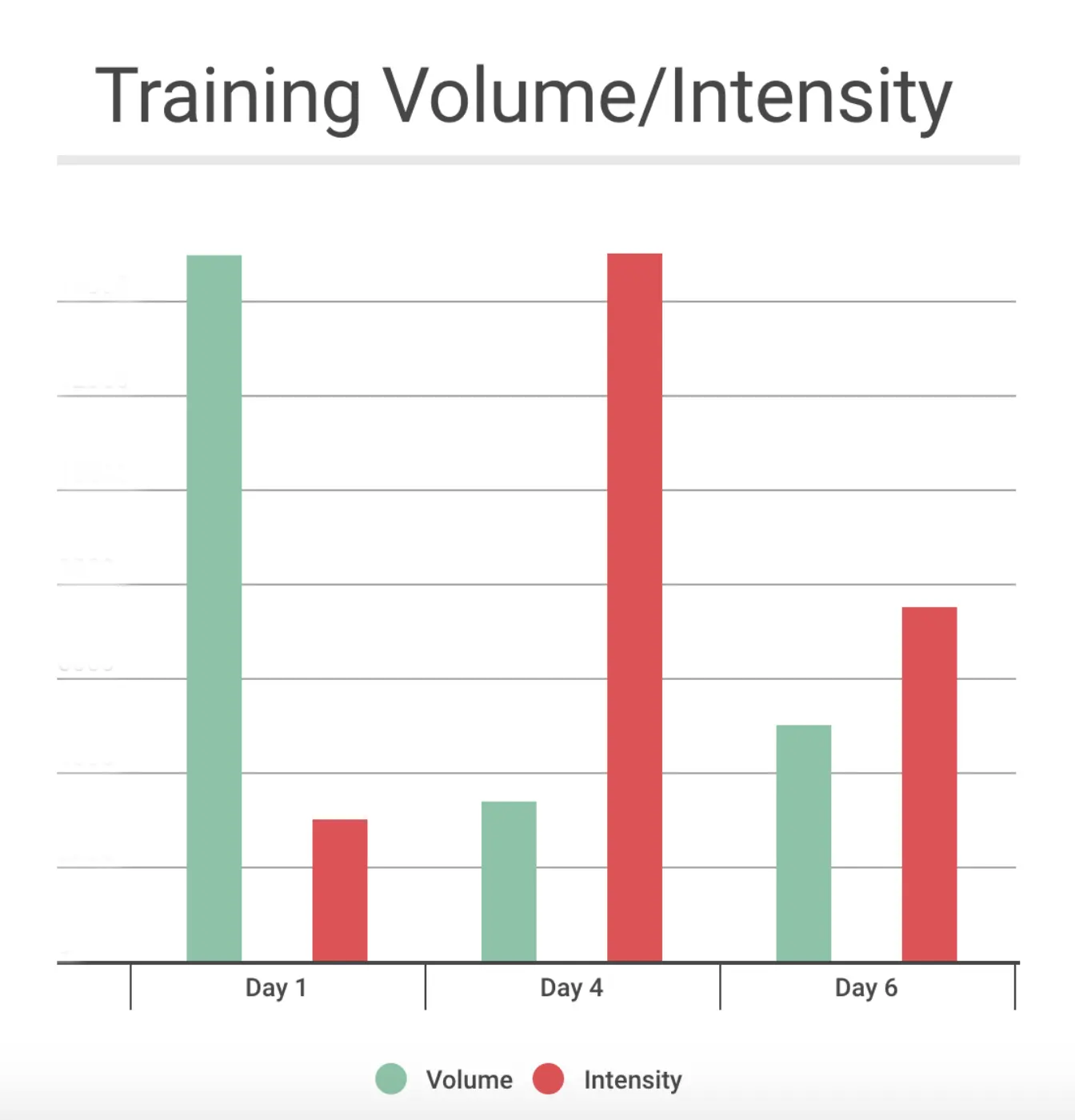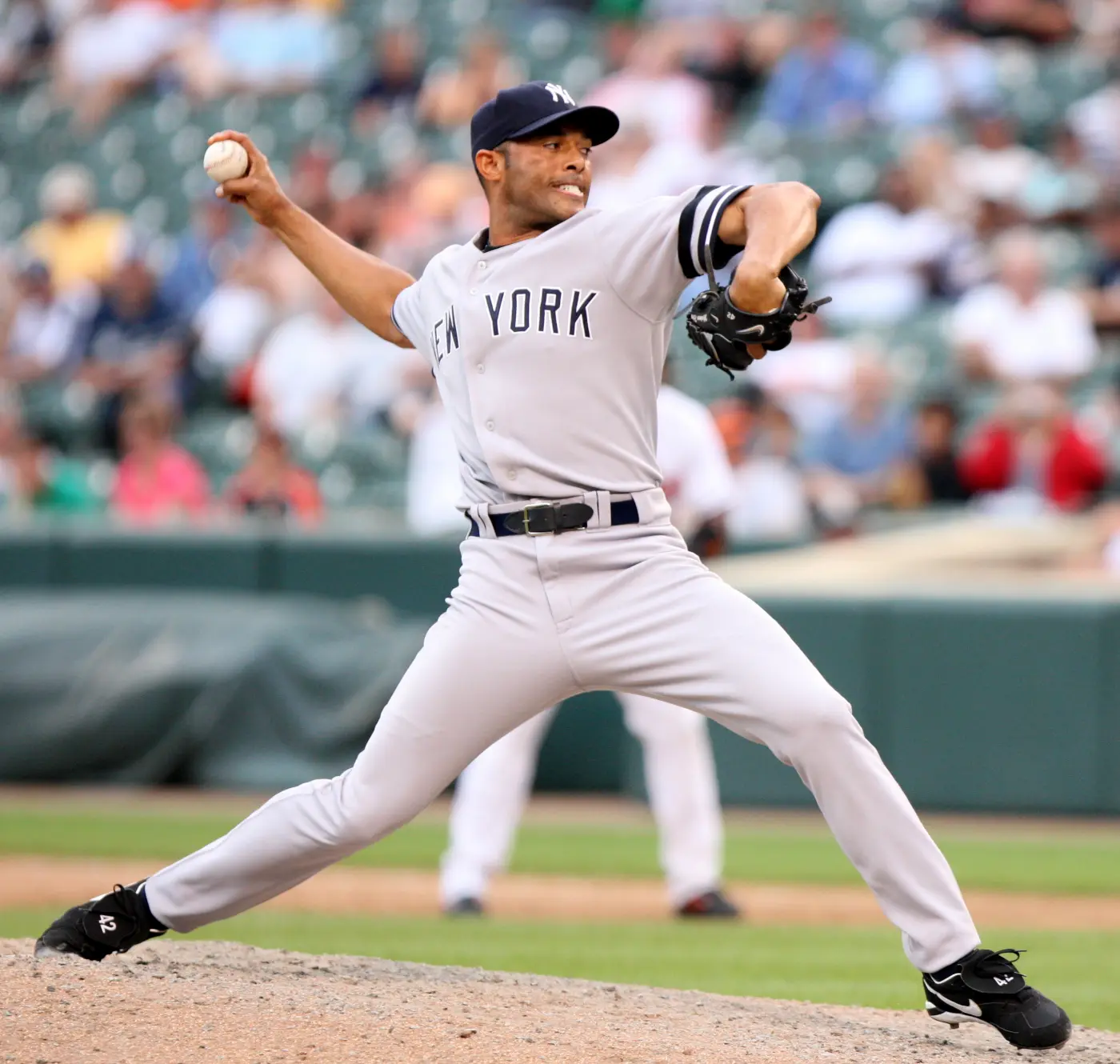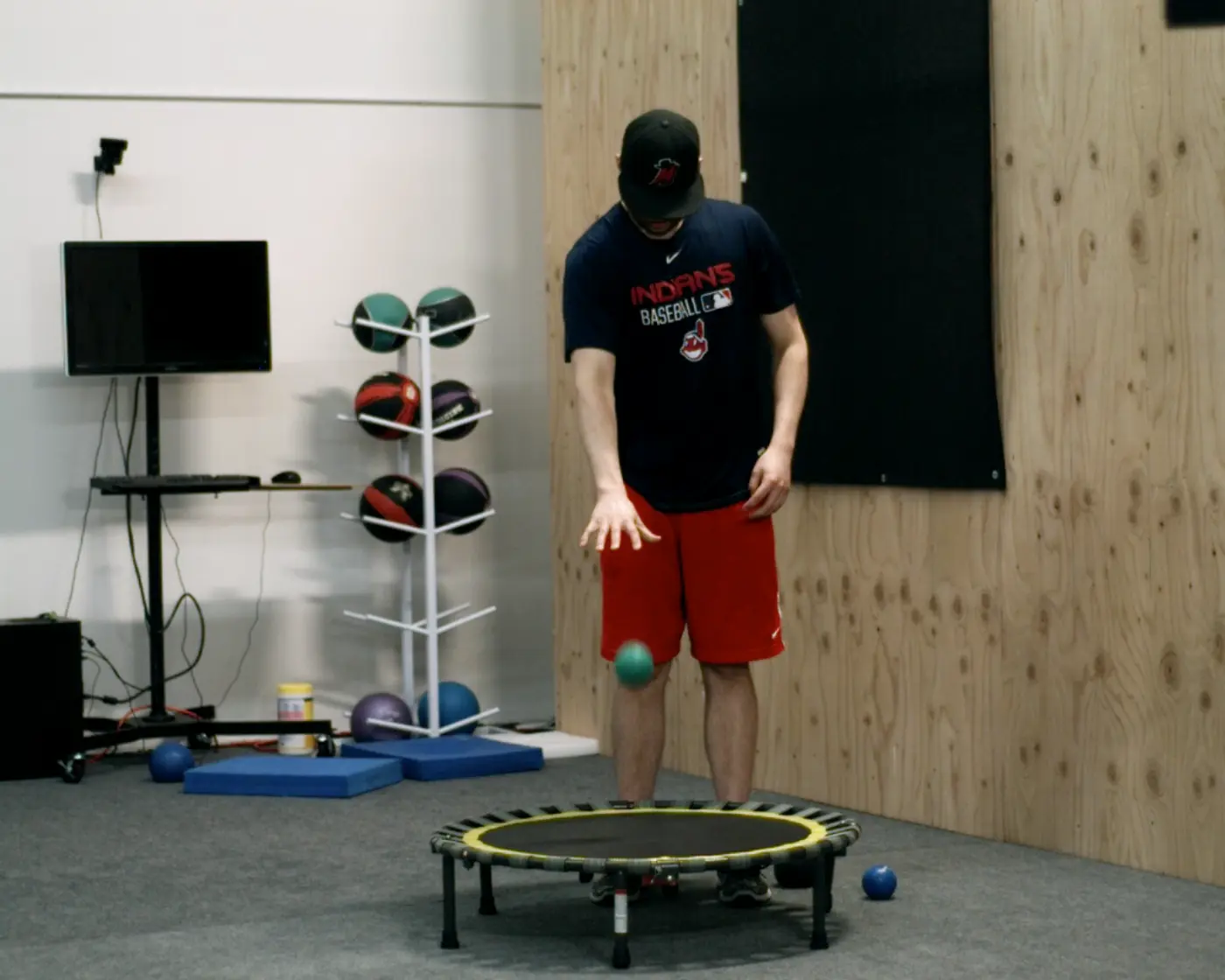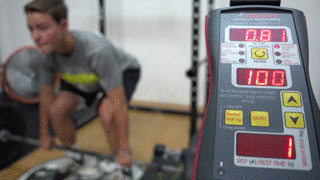Building an In-Season Training Routine for Starting Pitchers – Part I

By now everyone – players, coaches, and even parents – knows the importance of off-season training for baseball. Strength, power, tissue tolerance, mobility and the likes are all factors vital for performance enhancement of the pitcher. Each, though, taking months of diligent work to establish.
When off-season training concludes, the progression from these months of hard work and dedication can be lost very quickly. It is the goal of an in-season training program to ensure that training residuals for the various sports performance characteristics gained over the course of an entire off-season remain intact.
The mission of this two-part series is to discuss the importance of in-season training, the factors that dictate in-season training schedules for the starting pitcher at various levels, and some considerations for developing the in-season training plan.
The Importance of In-Season Training – What Are Training Residuals?
In strength and conditioning we have a term called residuals.
What a residual refers to is the amount of time a training effect will remain intact for a person or athlete once they have discontinued training for that aspect. In other words, a training residual is how long we can expect to maintain a training quality once we stop training for it.
A more clear example would be the following question: how long we can maintain maximal strength if we were to stop training for maximal strength. Here we would be trying to determine the training residual for maximal strength.
Training residuals are an important concept to the strength and conditioning coach because understanding them can allow us to best cycle training goals within the annual training plan. For example, we can cycle off a certain training goal (e.g. strength) in order to cycle on another training goal (e.g. speed) for whatever length of time a training residual allows, and then cycle back.
This is also an important concept to the athlete, not so much in the way of helping them write a training program, but in the way of understanding the year-round value of training, including the competitive season.
An entire off-season of training can surely make some impact on the athlete during the competition season, as training residuals will last to a certain extent. But, if training does not continue in-season, training effects will only diminish as the season progresses. Thus, it is imperative that some form of in-season training occurs.
But, while training is important, it should not compromise performance on the field. Which is why, as we discuss the starting pitcher’s training routine in-season, we must consider its structure and schedule in order to yield the most positive outcomes on the mound.
Considerations for the Weekly Training Schedule
The current level of competition of a given pitcher is an important factor to consider for a pitcher when developing an in-season training program. This is true for many reasons: the level of competition dictates the the weight of emphasis on physical development and competition (i.e. general vs. sport-specific training), the likelihood that the starting pitcher also plays another position, as well as the schedule of games that come along with that level of competition. Let’s consider the various levels of baseball and their relation to these components.
Professional:
The professional level pitcher generally works on a 5-7 day schedule. Usually, the pitching rotation is composed of 5-6 pitchers. And, since there is always a chance of an occasional off-day, we can see 5-7 days between a start on the mound and their subsequent start. This gives the player 4 to 6 days to train and prepare between outings. Because professional baseball has full-time strength coaches at nearly every level, we won’t discuss this level too much further.
Collegiate:
Generally the collegiate level starting pitcher gets one start per week. They are usually slotted as a Friday night, Saturday, Sunday, or weekday starter. Unless roles change or circumstances dictate otherwise, a pitcher can expect to have 6-7 days in between each appearance for preparing and training.
Although not mentioned above, their is a scheduling/logistics constraint that professional players must consider, that collegiate-level pitchers must also keep in mind: travel. A “get-away day” (or travel day) can pose as an obstacle for training routines, as can the accommodations of hotels or gym access on the road.
High School:
High school pitchers, on the other hand, do not need to worry about travel (not during the spring season, anyway). Facilities and time, though, could pose as challenges at times. Without a legitimate strength and conditioning coach or weight room, it will be up to the high school athlete (or baseball coach) to take the initiative for their own training.
When it comes to the pitching schedule, a high school pitcher will generally start one game per week. But, because games occur more sparsely at the high school level (2-3 games per week) and the varying day of games, a pitcher may start on a Monday, and then not start again until the following Tuesday or Wednesday.
What’s more, unlike a rainout or postponement at the professional level (which usually creates a double-header the next day), a rainout at the high school level could mean less games or a one-game week. For these reasons, combined with the fact that the high school level is (or shoulder be) so developmentally-focused, the training schedule may change from week to week to shift the focus from pitching to physical development.
The high school pitcher will be the main focus of this discussion.
Frequency and Training Split
In-season training routines (much like that of the off-season) should also reflect the specificity needed for the given level of competition.
In other words, an athlete at the professional level will need specialized training – training that is both specific to the sport, the position, and the individual. Collegiate pitchers may see moderately specialized training – training that is still geared toward the sport, position, and individual, but also more general in nature. There are still many two-way players at this level, and many collegiate players still have very low training ages.
The high school pitcher, though, needs less individualization and specific training. This means more generalized training. It also means a greater need for physical training period, and less of a need for sport-specific training in addition to competition.
Fittingly, the preparation schedule of a high school pitcher allows for a higher frequency of strength training, with a week-plus generally elapsing between starts on the mound. Also, the starting pitcher at the high school level may also be a position player as well. So, the emphasis of training should be on the development of the total athlete, not just the pitcher.
Where a professional pitcher is oftentimes only given 4 days off in between starting appearances, and may need to break their training up into an upper and lower body training sessions one time per rotation each (oftentimes the two days following a start) to limit fatigue and soreness prior to the next start, the high school pitcher can take on more physical training.
Potentially having 2-3 more rest days (or more) in between each pitching appearance allows a high school starting pitcher to include multiple challenging strength training sessions each week. Not only does this allow for maintenance, it also allows growth and development.
Instead of breaking sessions into upper and lower body lifts and front loading the schedule following a start, a high school starter can instead utilize 2-3 total body sessions spread more evenly throughout the week. For example:

Day 1 – Total Body Training Session
Day 2 – Off
Day 3 – Off
Day 4 – Total Body Training Session
Day 5 – Off
Day 6 – Total Body Training Session
Regardless of how the exact days are structure, this approach to the weekly pitching routine for the high school starting pitcher will place a great emphasis on physical development.
For the high school pitcher whose baseball program does not have “team lifts” or a full-time strength coach, setting up a training schedule is actually somewhat easy. With a gym membership the pitcher can knock out his training whenever he pleases.
If a high school baseball program has a strength coach, or implements team lifts, this will be more challenging, as scheduling a different training session for each starting pitcher would be too difficult. When this is the case, the pitchers will simply have to adjust training intensity and/or training emphasis depending on how close the team lift is to their next appearance.
Training Intensity and Emphasis
Now that we have a training schedule laid out, we should now consider how each session could be focused to best optimize development, while not making a negative impact on in-game performance.
The goal for the pitcher or coach, in terms of training, should be to ensure that fatigue is not accumulated too closely to a start on the mound. Training intensity can remain high while training for strength and power, but too much volume means muscular fatigue and soreness. And, without 48-72 hours of recovery, this can make a noticeable impact on pitching performance.
Based on the training schedule proposed above, I’d personally suggest the following progression of training session volume and intensity for the pitcher who is training on their own:
Day 7 – Starting Appearance
Day 1 – Total Body Training Session – High Volume (Recovery)*
*Day 1 will be the day following a start on the mound. The body may be fatigued and sore from throwing. In professional or collegiate baseball this is often when a “heavy” lower-body session is used, but this is due to competing demands and very little time to address them (4 days in between most starts). At the high school level, we can still challenge the body with a total body lift, but by using high volume we can help stimulate recovery from the day before, while also getting the greatest density of training in for the week.
Day 2 – Off
Day 3 – Off
Day 4 – Total Body Training Session – High Intensity (Strength/Power)**
**By Day 4 the body should be recovered from both the last appearance and the high volume training session. Now, we can use a moderate-to-low training volume with higher intensities. Since we are fully recovered we can give the body an exposure to true strength training, thus allowing this quality to stay intact during the season. If done right, with moderate or low volume, we can avoid any major soreness or fatigue.
Day 5 – Off
Day 6 – Total Body Training Session – Low Volume, Moderate Intensity (Mobility/Prep)***
***Finally, Day 6 can serve as one final “tune-up” before the subsequent appearance on the mound. Low volume will ensure fatigue and muscle damage are not incurred, while the moderate intensity allows for some unloaded jumps or lightly loaded throws if desired. Essentially this serves as a preparation session 24 hours prior to competition.
***
While the above training routine could work very well for the high school pitcher who trains on his own, it may not work for the pitcher who must train with his team on set days per week. The same formula could be used, but the days themselves may need to be more flexible.
For example, if a high school baseball program has the weight room reserved two days per week during the season (for example, Monday and Wednesday), the above training plan may not match up day for day.
In this case, adjustments will have to be made in collaboration between the pitcher and coaches. In Part II of this series we will discuss the kinds of adjustments that can be made to optimize the training schedule for a high school starting pitcher in not-so-ideal circumstances.
We’ve published other articles that are directed towards coaching, check them out here!
Comment section
Add a Comment
You must be logged in to post a comment.




Anthony Gomez -
What about in-season training programs for position players?
Stanley -
I was wondering how you account for recovery time for fast vs. slow twitch fibers (for example fast twitch being jumps and slow twitch being stabilizers and assistance muscles) in you program. Also do you have micro (week long), meso (month long), and macrocycles (year long) in you r programs?
Do you account for cortisol levels and blood pH levels, are these are important factors for making progress and prevention of overtraining?
Kyle Boddy -
Recovery time per fiber type is more built into load/progression than specific recovery modalities, by loading them properly with volume/intensity, systematically things get more or less on the same schedule (especially with scheduled deloads in general). We use the micro/meso/macro periodization depending on their level of training; advanced athletes need serious focus on that, novices do not so much.
We are about to start doing saliva testing with Hyperion on those metrics. Very exciting stuff.
Building an In-Season Training Routine for Starting Pitchers – Part II - Driveline Baseball -
[…] Part I of this series we discussed the importance of in-season training for the starting pitcher in […]
Deron Buice -
I hit “Print Preview” to see how long … says 527 pages ???
Weighted Ball Training Gone Wrong - Driveline Baseball -
[…] II, Part III) and more specifically how you can build in-season training routines for pitchers (Part I, Part II). The focus is how how you can balance volume and […]
Making A Routine – Kehoe's Pitching Corner -
[…] better than it has in years during the winter. Driveline has a great article on routines found on their website. Doing a weighted ball program in the off-season has seen very positive results for pitchers. […]